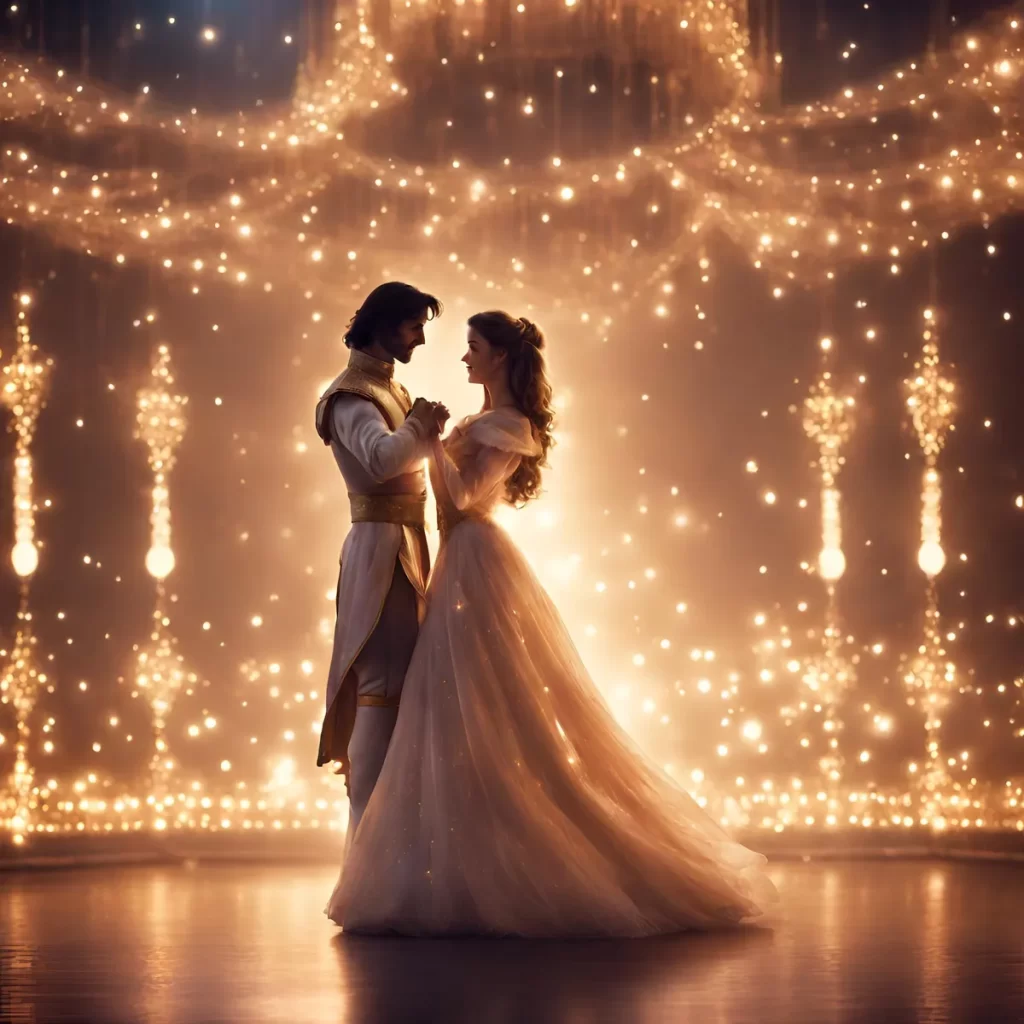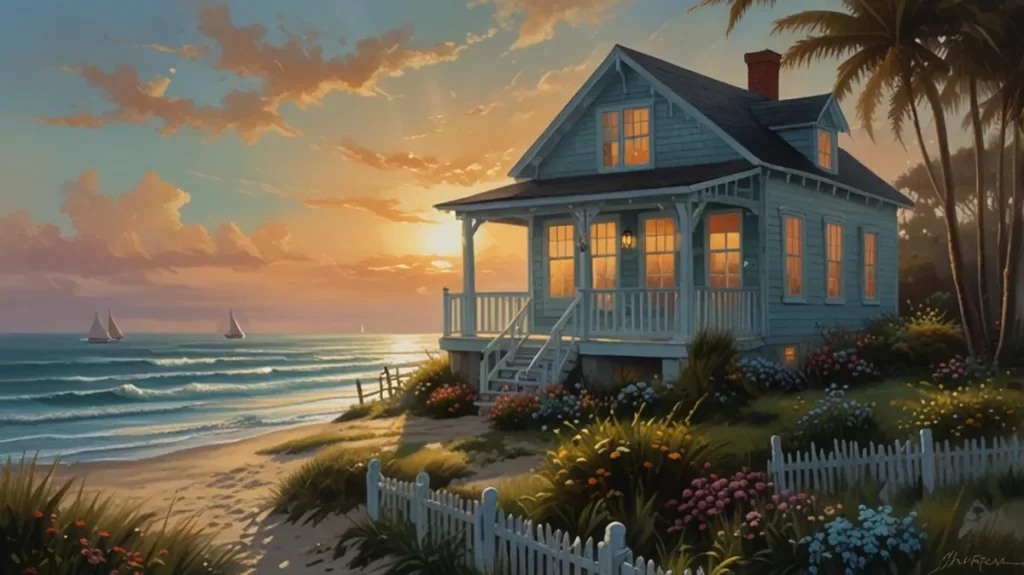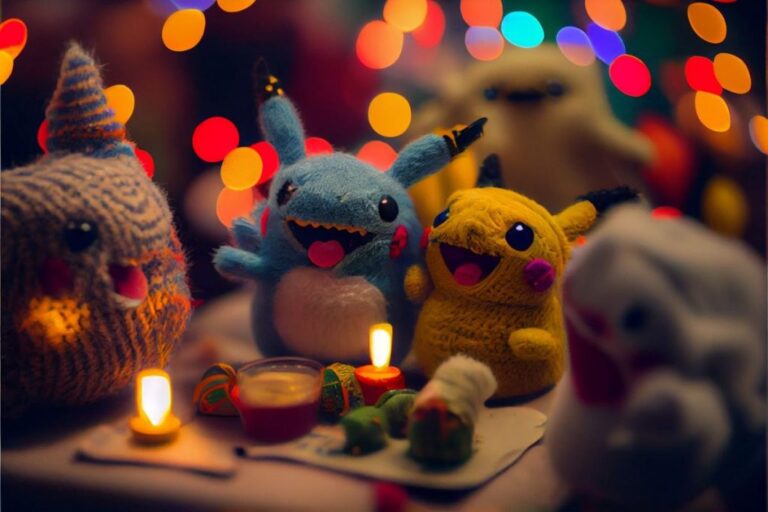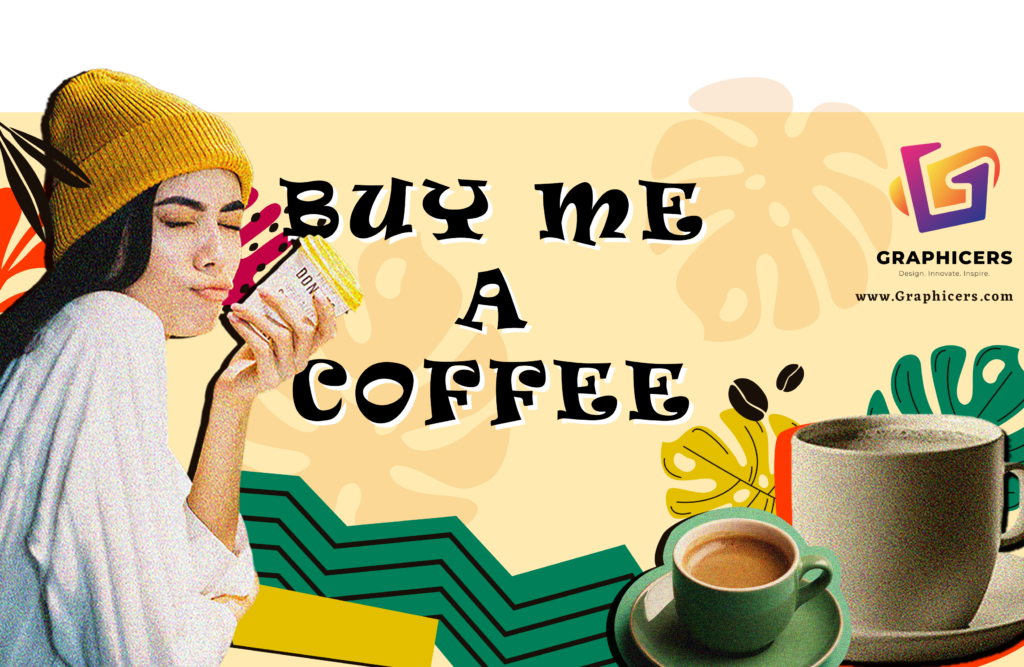This post contains affiliate links. We may earn a commission if you click on them and make a purchase. It’s at no extra cost to you and helps us run this site. Thanks for your support!
A descriptive prompt is key to bringing your artistic vision to life. These are my expert tips for writing the best AI image prompts.
Using AI image generators can be an extremely fun, useful, and interesting way to create unique art. But it can also be incredibly frustrating when those programs don’t give you the results you want and you can’t figure out why.
While reviewing the best AI image generators for GRAPHICERS, I’ve created hundreds of AI images. I’m not a professional artist and I don’t have a strong background in graphic design, but I found that the quickest way to bring my artistic visions to life is to start with a good prompt.
Prompt engineering is the fancy term experts use to describe the strategies you should use to get AI chatbots to do what you want. This process can be harder when you’re generating images because you have to translate the picture you see in your head into real words. For an amateur creator like me, that meant leveling up my artistic language to describe what it was I wanted. Ultimately, improving my prompts helped me guide the AI in the right direction and remediate AI quirks and flaws as they popped up.
These are my best expert tips for creating images with AI to help spark inspiration, guide you around common missteps and get the image you want faster.
Start with these three elements
When you first write your prompt, you might feel overwhelmed or like you’re not sure where to start. I’ve been there, and the best place to begin is with the essentials. These are the three necessary elements every prompt needs. Once you have something for each of these, you can build it out from there.
- Characters and elements in the scene
- Setting or where it takes place
- Dimensions, like portrait, landscape, or a specific ratio (3:2, 16:9, etc)
You might be tempted to add some exclusionary characteristics in your prompt, or things that you do not want in your image. I would caution against it. Even the most prompt-adherent generator is likely to ignore these, or worse, misread the prompt and include something you specifically asked it not to. If you want to eliminate an element from one image, it’s usually easier to do that in the editing stage rather than in the original prompt.
Specify the style and color palette you want
Beyond the “who, what, and where” in your basic prompt, you’ll want to guide the generator toward a specific style. Here are some of the most popular styles of AI images.
- Photorealistic: As close to real life as possible. AI image generators aren’t great at this, but it’s worth trying.
- Stock photography: Like real photos, but shinier and brighter.
- Product features: Emphasizes individual elements over the background or scene.
- Cartoon: Fun, bright, and usually less detailed.
- Illustration: Similar to paintings, pencil sketches.
- Gaming/Game UI: More advanced than cartoon, sometimes anime-like.
Include specific colors you want, too. If you’re not picky about the exact shades you want, you can still lead the generator down the right road by specifying if you want warm or cool tones.

You’ll want different styles for different projects. Photorealistic AI images are likely to be better suited for professional environments than cartoon-style images, but they might not be right for a creative mock-up. Illustrations might be best for more detail-oriented, creative projects, like building out brainstorming ideas, and gaming is good for first iterations of new characters and worlds.
Describe the aesthetic, vibe, and emotion
Take your prompt a step further and include a description of the overall aesthetic or vibe. This can help elevate your images and reach that extra layer of detail. These details are a jumping-off point to get you in the ballpark of what you want without overwhelming the generator with a novel-length prompt. Here are some common options to include in your prompt.
- Abstract
- Anime
- Medieval
- Retro
- Psychedelic
- Glow, neon
- Geometric
- Painting, brushstroke, oil painting
- Comic
- Noir
- Vintage
- Impressionist
- Simple, minimalistic
- Fantasy, sci-fi
- High tech
- Surrealist
If none of these aesthetics feel right, try picking the closest one and building from there. Include textures, the period, and landmarks. If you care less about the specific style but want to ensure a specific emotional response, try describing that. Often describing the emotional temperature of a scene can jump-start the generator toward a specific kind of visual look. For example, happy scenes tend to have bright colors and a warm feel, no matter if they’re photorealistic or illustrations. Stressful scenes might have more detail, cool tones, and a foreboding feeling that the generator might show you fits better with a fantasy or nonrealistic aesthetic.

You can try using more specific or pop culture aesthetics, but there’s no guarantee the generator will understand and adhere to them. For example, you might want to consider translating “cottage core coastal grandmother” to “vintage style with a light, breezy, feel using pastel blues and neutral tones.” It gets at the same idea with more specific instructions.
My AI images still aren’t right. What now?
Even with a well-written prompt, AI image generators aren’t perfect and you’ll get some duds. The tech behind the text-to-image generators is advancing, but it’s still very much in progress.
Tweaking your prompt is the fastest way to troubleshoot big problems. But if issues persist, try narrowing down what exactly is wrong with the images and tracing the problem back to where it may be coming from. For example, if your images aren’t professional-looking enough to present, it could be because the style or aesthetic included in your prompt isn’t right. Even making smaller changes to your presets, like the image dimensions, can make a big difference in the results.

Many AI image services offer post-generation editing tools that can help you fix smaller errors. Services more geared toward professional creators like Adobe Firefly have extensive tools. More beginner-friendly programs run the gambit, with Leonardo having the most, then Midjourney with an average amount, with Canva having barely any.
Still, it can be frustrating not to get what you want after lots of work. Even more frustrating is that sometimes the best thing to do is start over. Resetting your settings to default, rethinking your prompts, and beginning anew can feel like going backward. But when nothing else works, it can be a good last resort.
At the end of the day, AI image generators are not replacements for creators. They’re like other image editing software: You need to get to know your program and understand how it works and its editing capabilities. Once you have a handle on your program, you’ll understand what kind of prompts deliver the best results. These tips will help get you close to what you want.
For more, check out the best AI chatbots and the full review of our top AI image generator, Dall-E 3.


